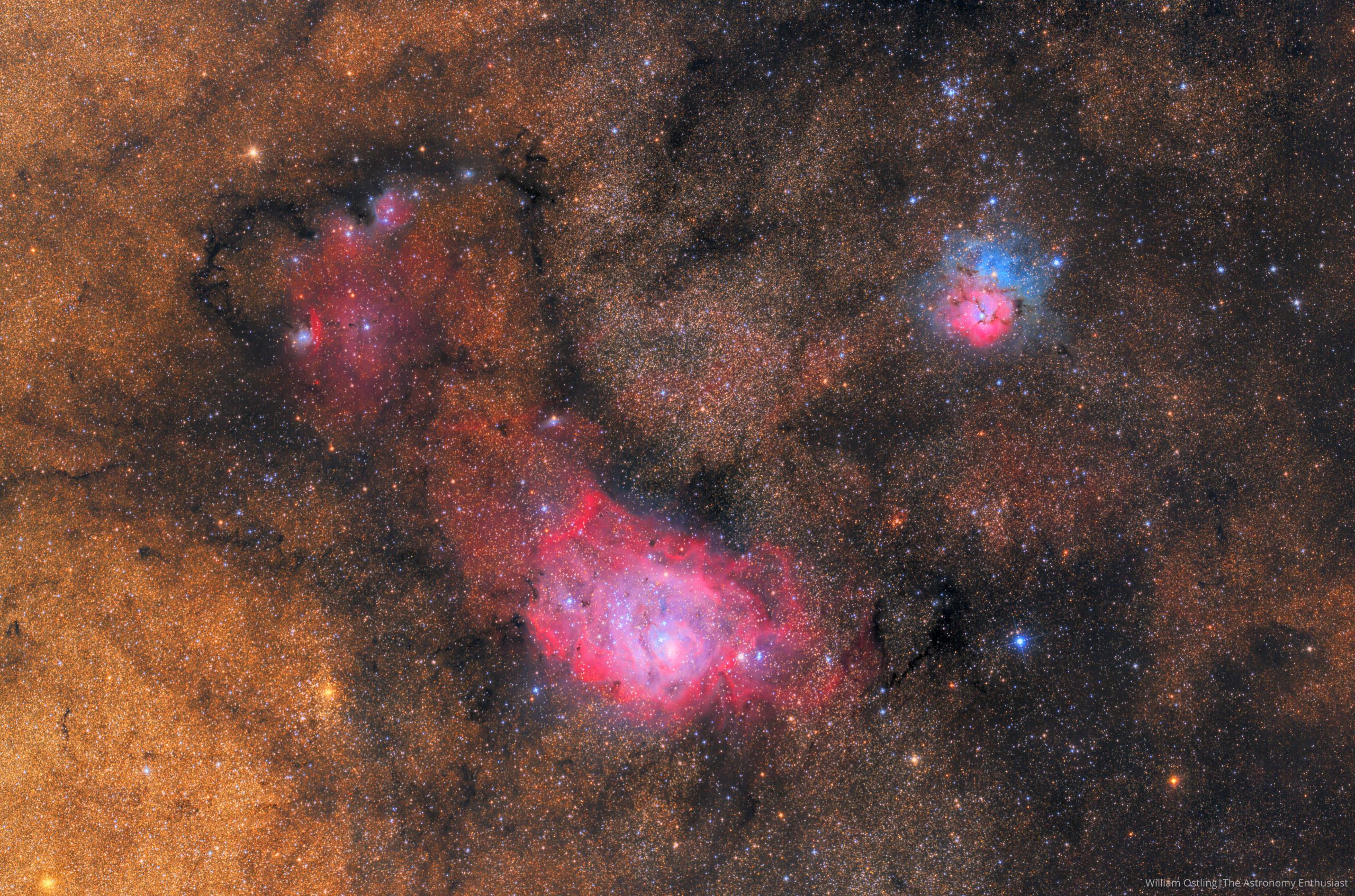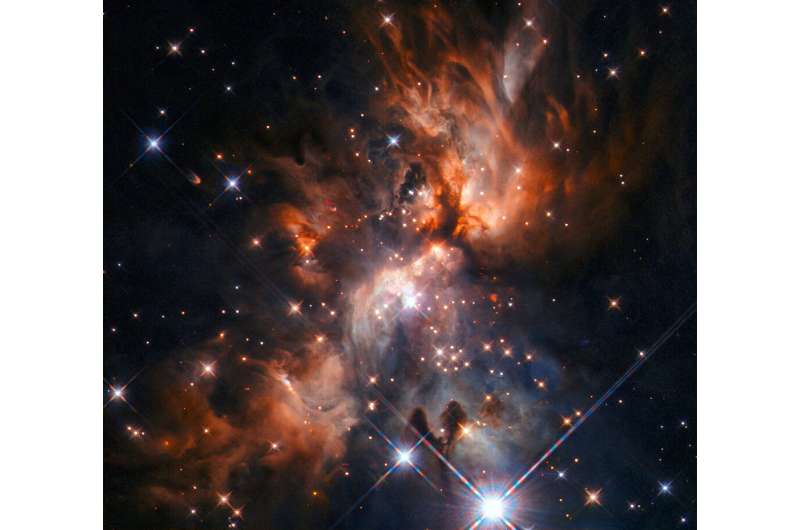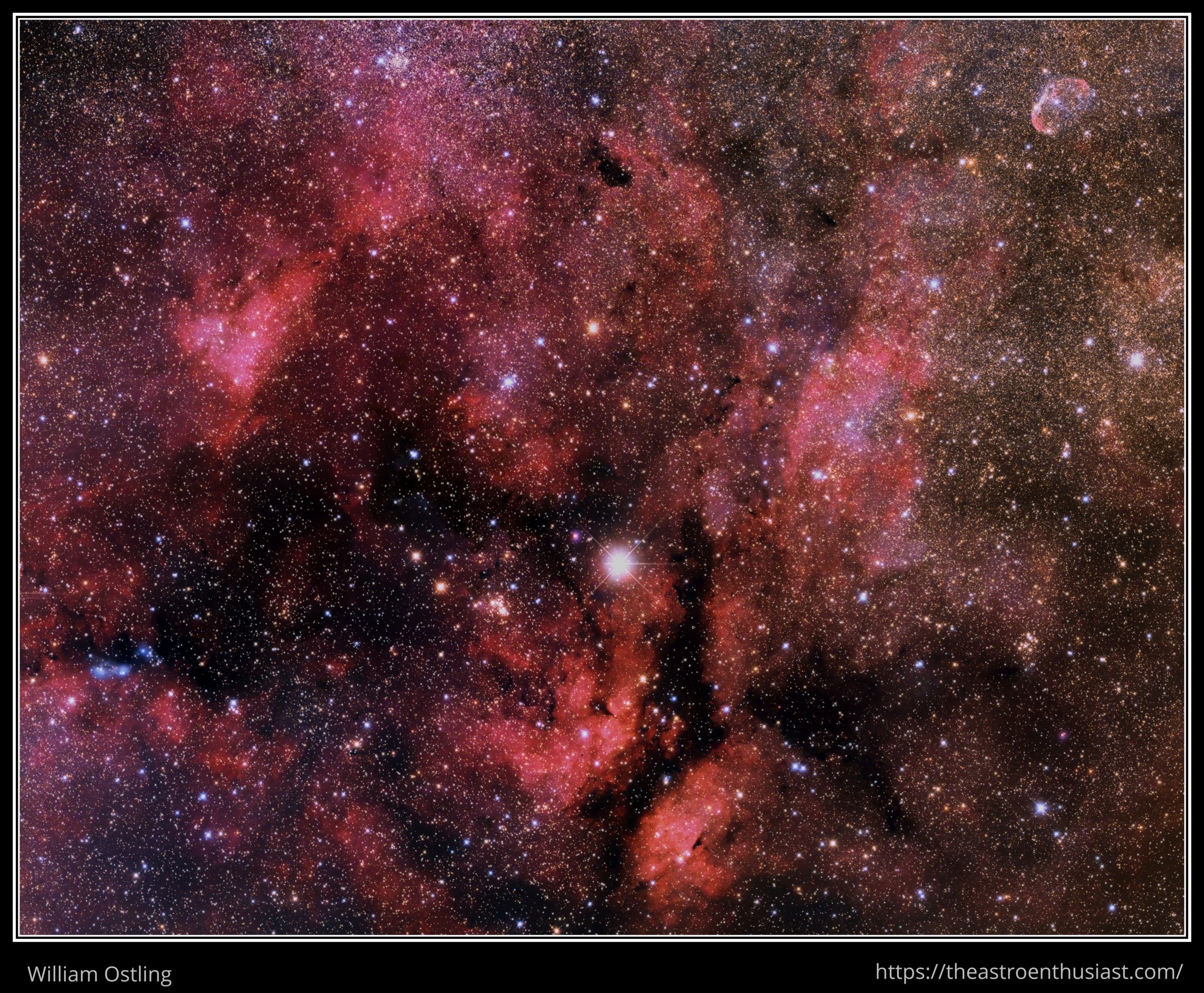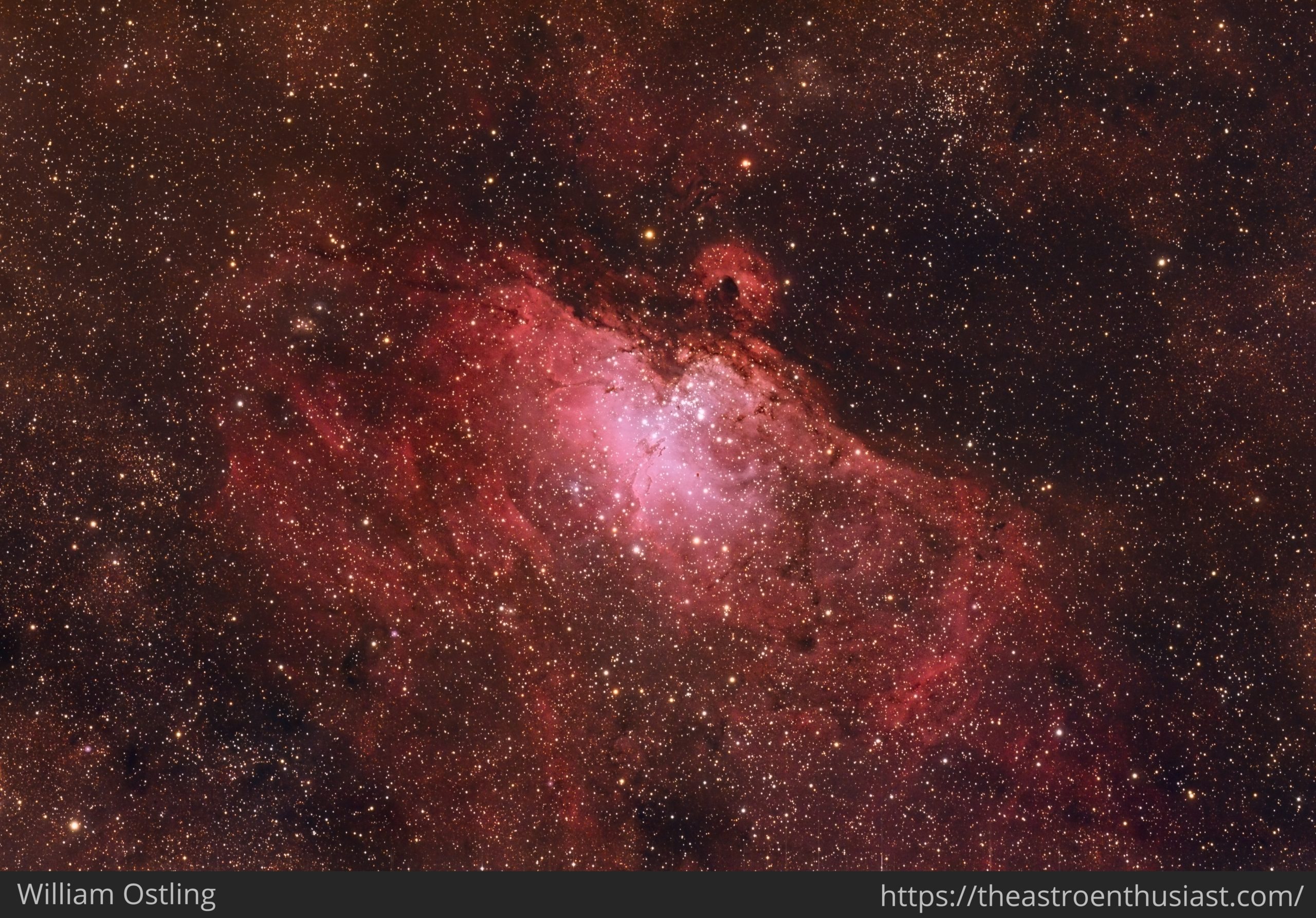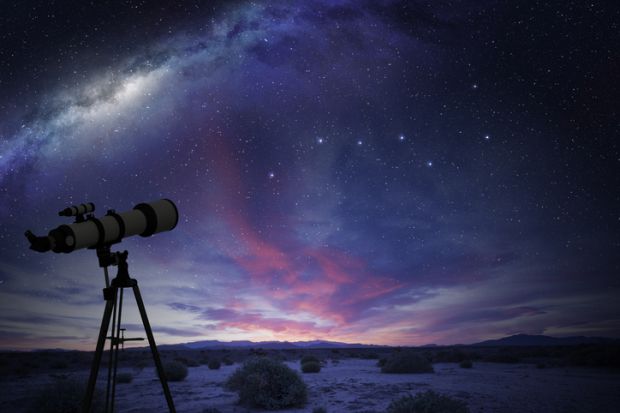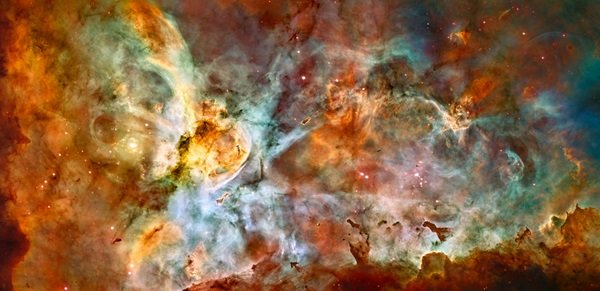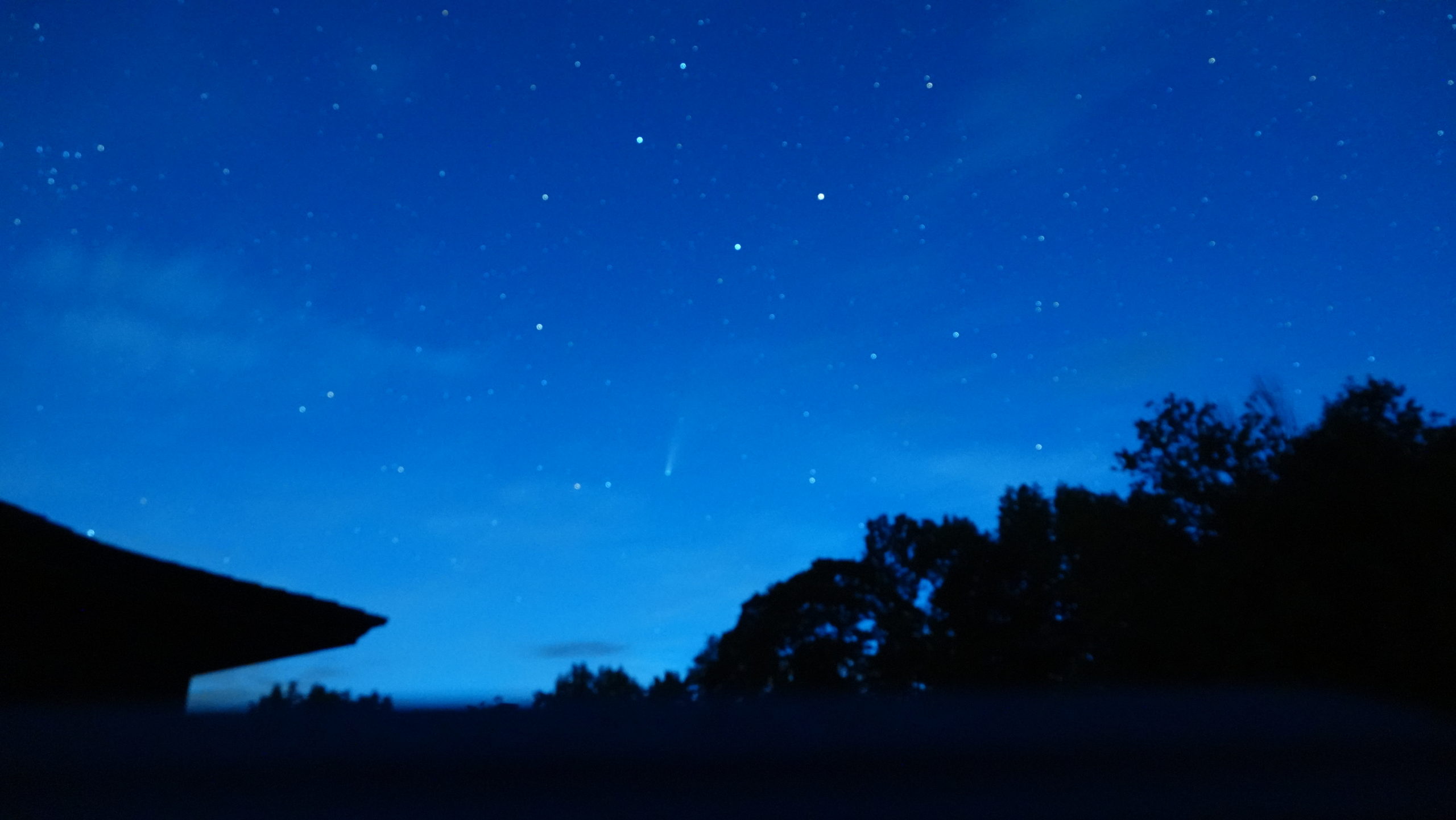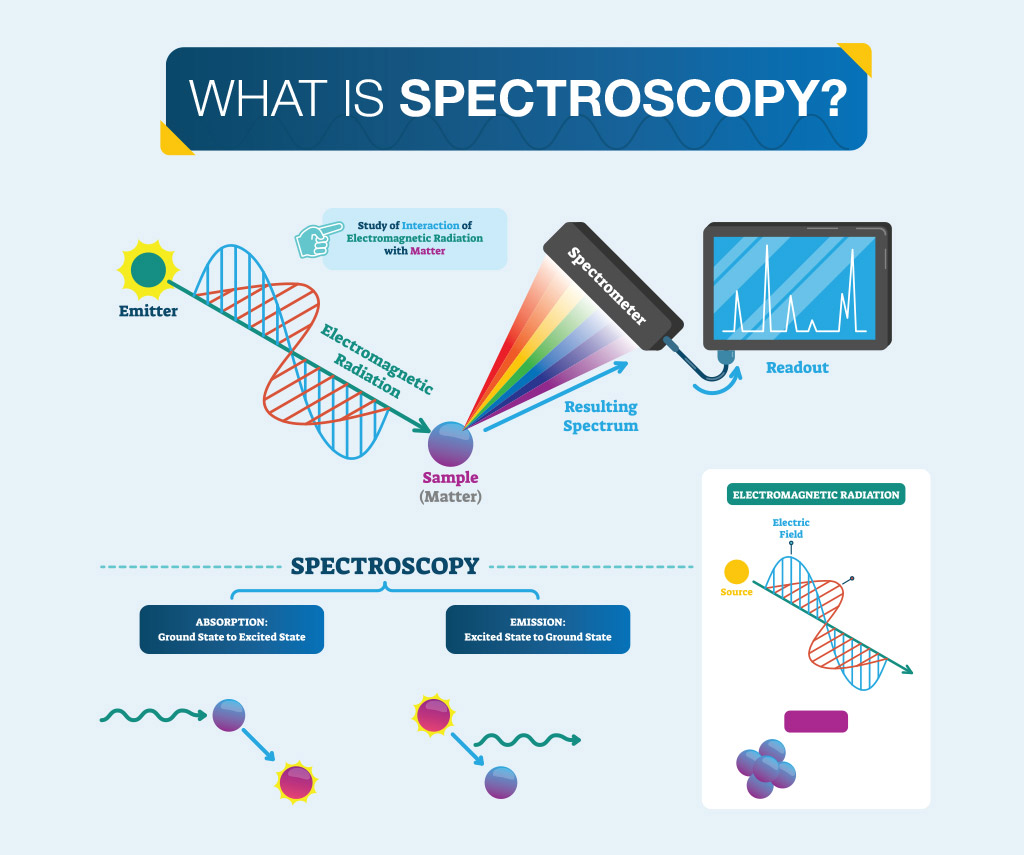A Sagittarius triplet – M8, M20, and NGC 6559
Edit 9/10/2021: This image was selected for Italy’s APOD GRAG: https://apod.grag.org/2021/09/10/a-sagittarius-triplet-m8-m20-and-ngc-6559/ This so far is my favorite image! Nearly 21 hours of data (taken across 4! nights) and 3 hours of processing went into this huge project. I love the color range so much – golden milky way stars, pink lagoon nebula, and light blue trifid reflection. Image: Equipment: Nikon D90 Sigma 300mm prime lens Sky-Watcher Star Adventurer Star Adventurer Tripod Bahintov Mask Intervalometer DIY diffraction spikes using a violin strings Stellarium All Sky Plate Solver Sharpcap […]
Read more